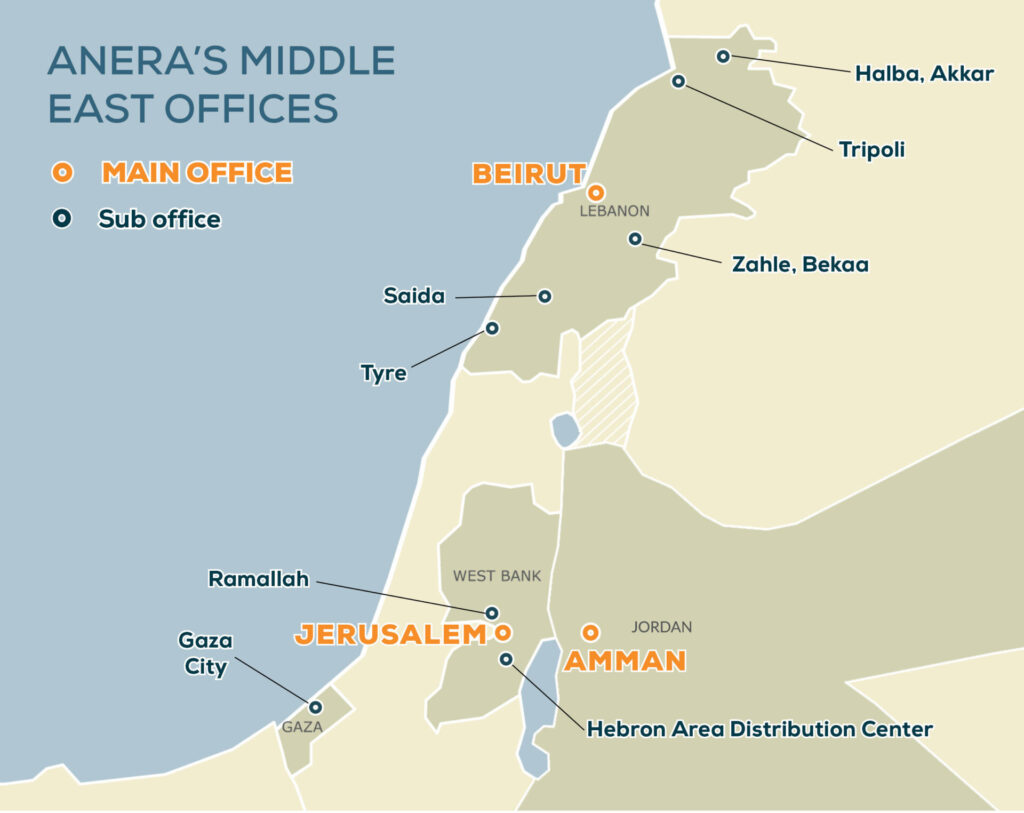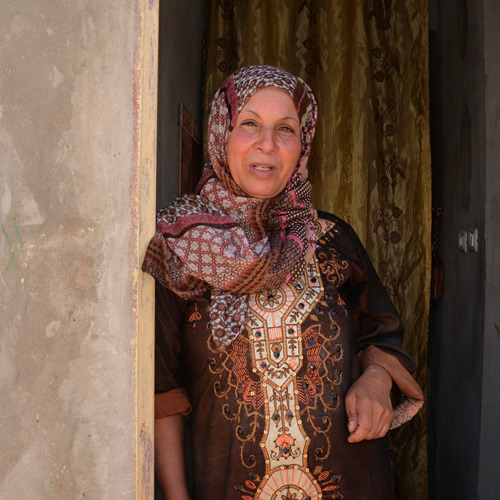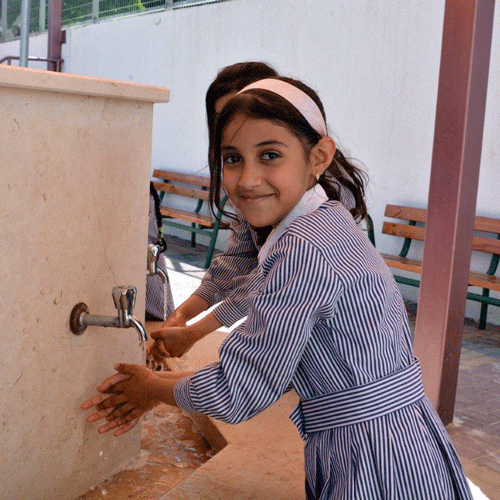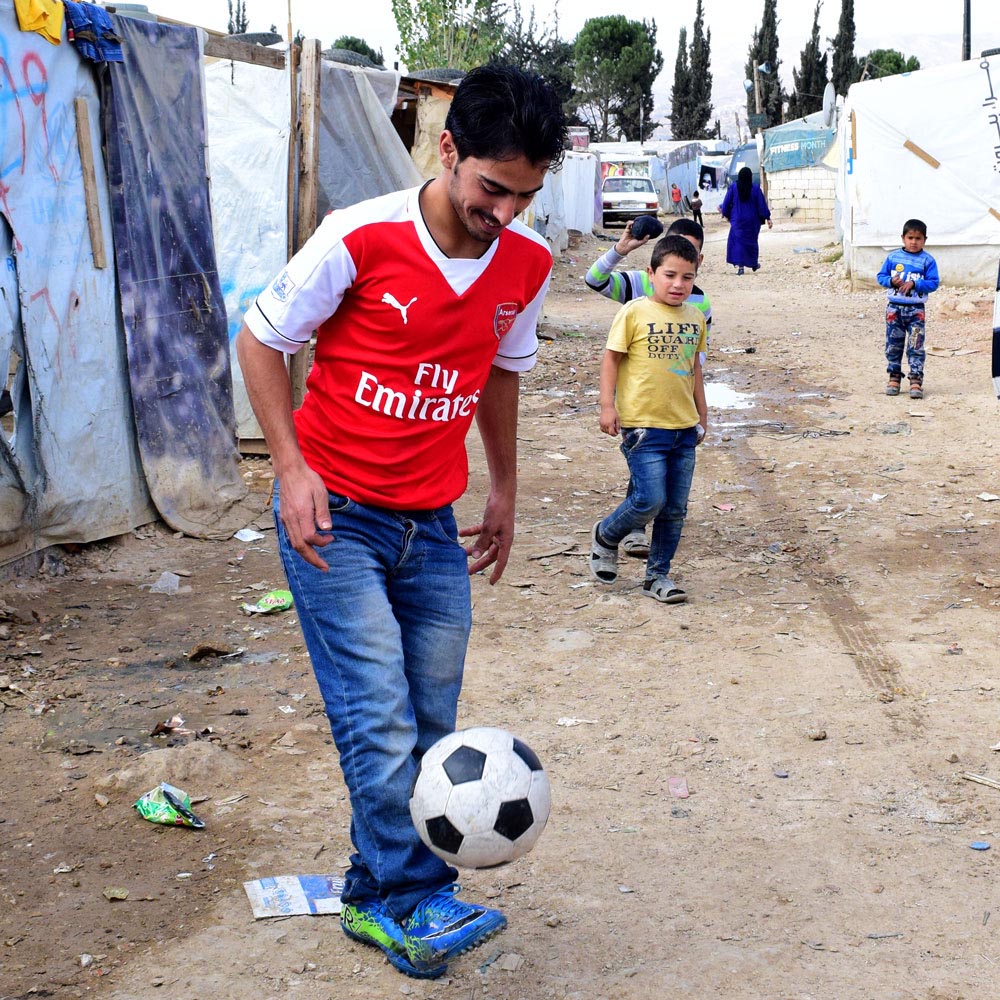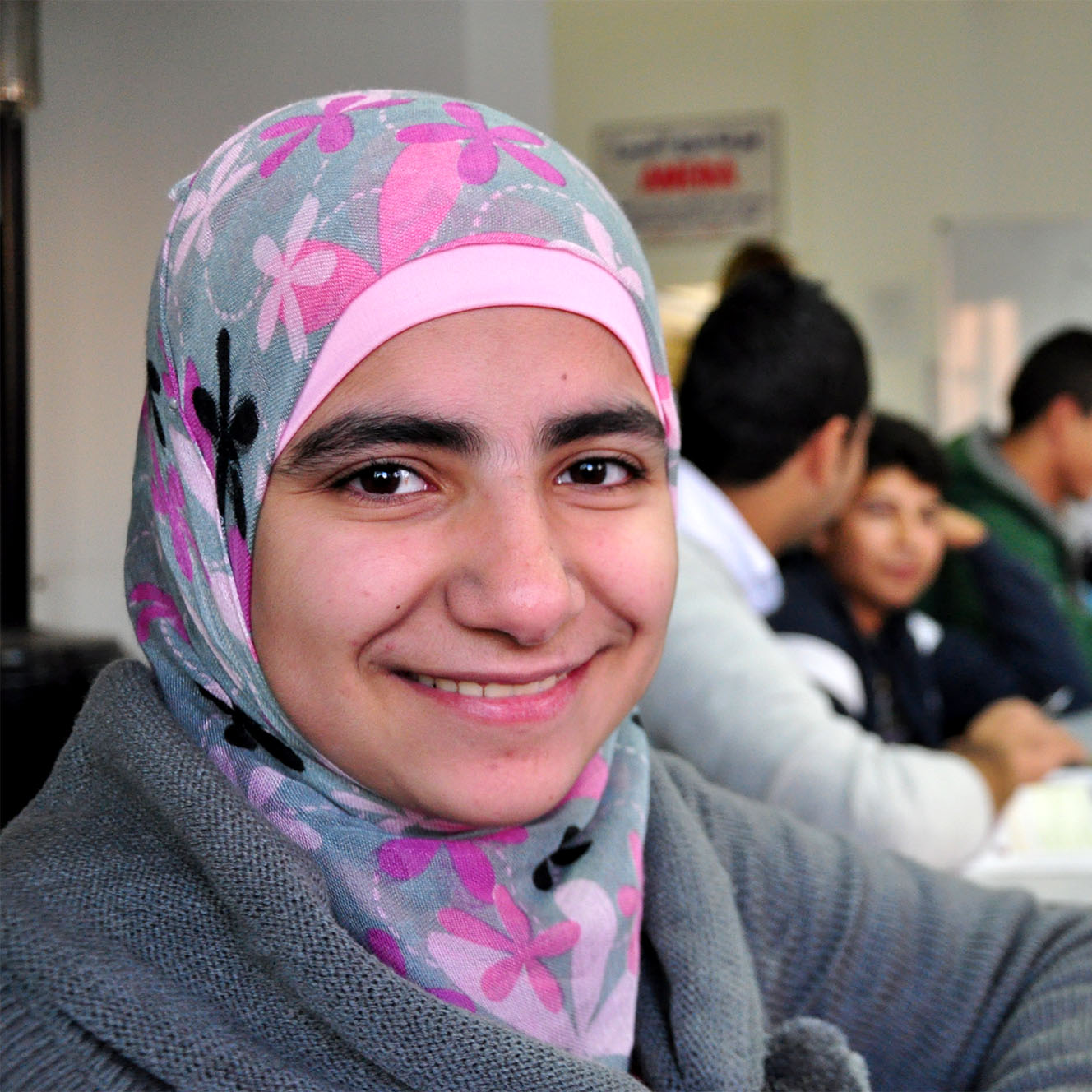LOCATIONS
Where We Work
Anera operates in Palestine, Lebanon, and Jordan—three regions deeply impacted by conflict, displacement, and economic hardship. Our work is guided by the needs of local communities, with a focus on delivering sustainable, dignified solutions that support long-term development and immediate humanitarian relief.
Palestine
In the West Bank, Gaza, and East Jerusalem, Anera addresses both urgent humanitarian needs and long-term development challenges. Our work focuses on improving access to healthcare, clean water, education, job training, and food security. In Gaza, where the humanitarian situation is especially severe due to blockade and repeated conflict, Anera delivers emergency relief while also supporting infrastructure and economic recovery.
Lebanon
Anera supports vulnerable communities throughout Lebanon, including Palestinian and Syrian refugees as well as struggling Lebanese families. We invest in vocational education, job creation, and school rehabilitation, while also providing healthcare, water and sanitation, and seasonal humanitarian aid. Our programs aim to strengthen communities and provide opportunities for people to build stable, dignified lives.
Jordan
In Jordan, home to the largest population of Palestinian refugees, Anera partners with local organizations to deliver food assistance and essential support to families facing poverty and food insecurity. While our work in Jordan is more targeted, it plays a vital role in meeting the basic needs of refugee and low-income communities, particularly during critical times like Ramadan.
With 11 offices and distribution centers throughout Palestine, Lebanon and Jordan, Anera employs 128 full-time staff who are locally hired and work closely with community partners.

